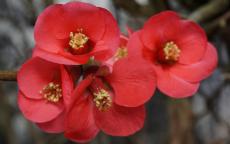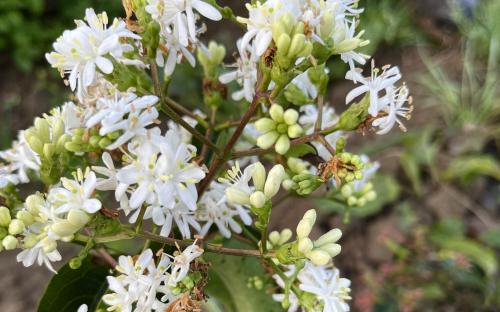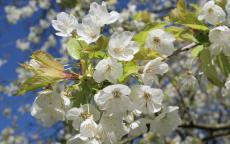Trees for bees
Our range of ornamental trees which are particularly attractive to bees and other pollinator insects (melliferous) and will help sustain bee populations in your orchard or garden.
Aesculus hippocastanum
This is the Horse Chestnut tree, well-known as the source of conkers, but also one of the most impressive and largest of flowering trees.Aesculus hippocastanumArbutus unedo
A small evergreen ornamental tree which produces edible fruitlets - commonly known as the Strawberry Tree.Arbutus unedoBeni-chidori
This form of the flowering apricot has scented pink blossom which appears early in the spring.Prunus mumeBrilliantissimum
A distinctive dwarf sycamore, named for the colour of its stunning pink spring leaves.£76.00buyAcer pseudoplatanusCarnival
An attractive form of the Field Maple, featuring variegated leaves with white margins and light pink growing tips.Acer campestreCastanea sativa
The Spanish Chestnut is a large fast-growing tree, best known for its edible nuts.Castanea sativaCrataegus monogyna
A hardy native hawthorn species, with white blossom and red haws, and particularly attractive to bees.Crataegus monogynaEsk Sunset
A small slow-growing sycamore maple featuring exotic pink green and white variegated leaves.£76.00buyAcer pseudoplatanusField Maple
The Field Maple makes a good specimen tree with attractive autumn colours, and is easy to grow.Acer campestreHeptacodium miconioides
Heptacodium miconioides is a small tree with glossy green leaves, clusters of scented flowers, and interesting peeling bark.£88.00buyHeptacodium miconioidesPrunus avium
The native "Gean" or "Mazzard" cherry, makes an attractive woodland tree.£73.00buyPrunus aviumSimon-Louis Freres
A popular slow-growing medium-sized sycamore tree with very attractive variegated leaves.Acer pseudoplatanusTetradium daniellii
A large deciduous tree producing plumes of small white flowers over a long period in mid-summer which are very attractive to bees.Tetradium daniellii
How to choose Trees for bees
If you have an orchard, you will know that bees and other pollinating insects are needed to set fruit. However fruit trees are only in flower for a few weeks in the spring and if you want to encourage a healthy bee population in the vicinity of your orchard, or simply want to help the local bees, it is useful to plant other trees which will sustain them over the summer.
Melliferous trees are varieties which specifically attract bees, usually because they produce abundant flowers (often scented) over a long period, and are particular rich in pollen and / or nectar. The flowers of melliferous trees also tend to be easy for bees to access - they usually have a simple structure with few petals.
While most orchard fruit trees can be classified as melliferous (especially those with plain single flowers), there are many other melliferous species.
The pollen of most melliferous trees will not cross-pollinate with your orchard trees - the reason for planting them is to provide a resource for bees after the orchard trees have finished flowering, thereby helping to ensure a healthy bee population for pollinating your orchard the following spring.






